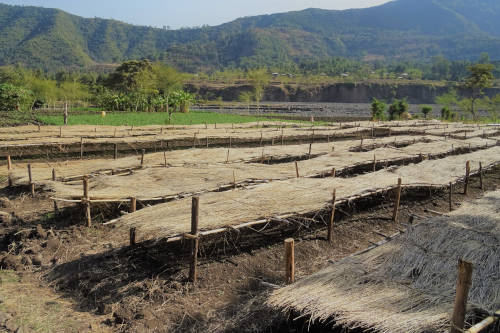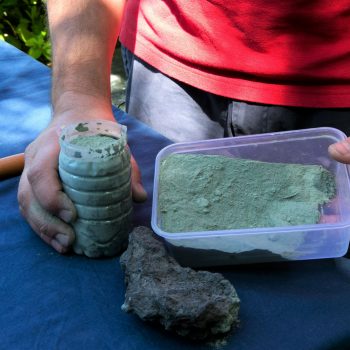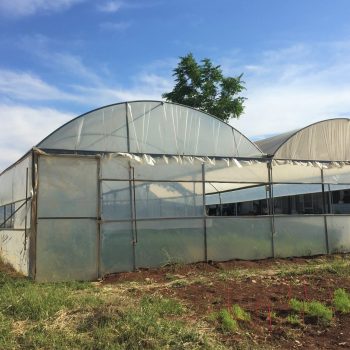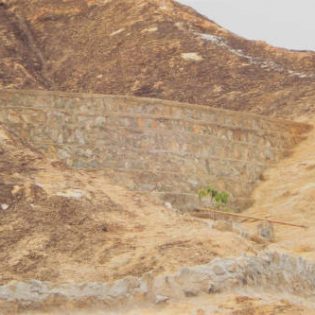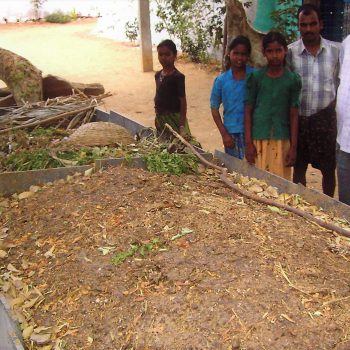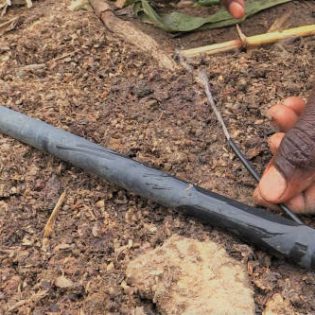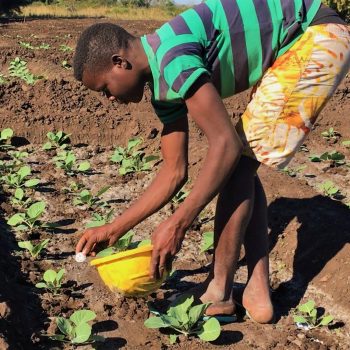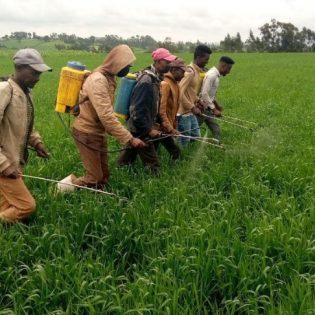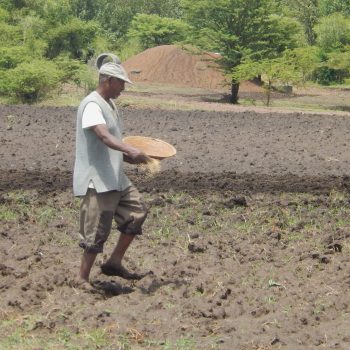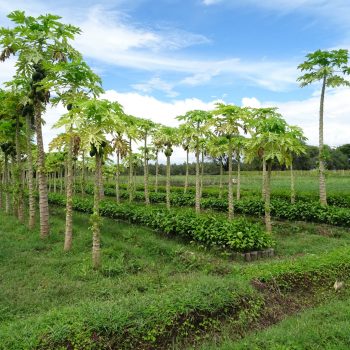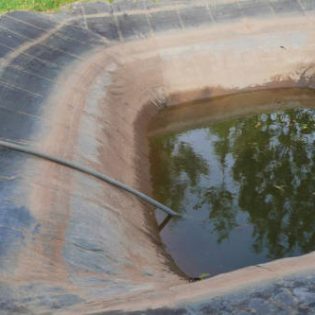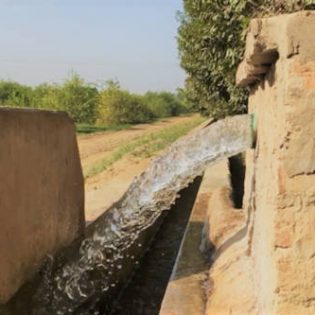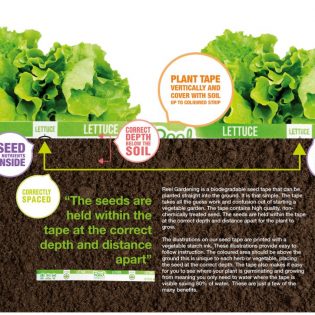Shade nets can also protect against frosts and chilling effects by capturing the long-wave radiation that would have escaped easily in the open air (Stigter, 1984b). Shading also increases the absolute air humidity, decreasing the evaporative demand. Mahmood et al. (2018) found that shading screens increased relative humidity by 2-21%, reduced air temperature by 2.3-2.5°C, and decreased evapotranspiration by 17.4-50%. Several studies also showed that shading screens could help reduce the vulnerability of hail and wind damage (Ilić et al., 2015). Tanny & Cohen (2003) found that a shade net reduced the wind speed by about 40% compared to an unshaded site. It should be considered that too little light intensity can decrease crops’ production if the crop is not getting enough light for the photosynthesis process (Rosenberg, 1983). Shading is thus helpful to facilitate the growth of shade-tolerant crops or where light intensity is excessive.
Additional information
| Agriculture | Flood/spate irrigated, Irrigated, Rainfed (Crop) |
|---|
